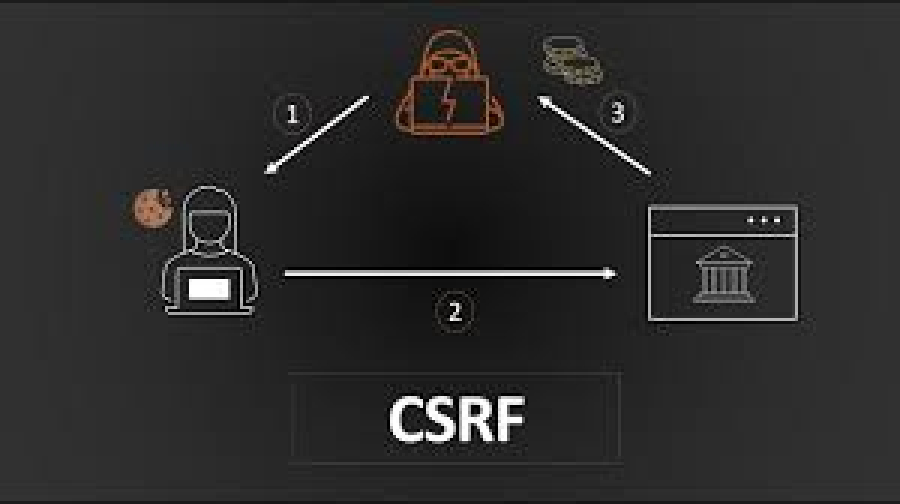How to Protect Web Applications from XSS Attacks
In the ever-evolving world of web development, security is one of the most critical concerns. Among the most common and dangerous security threats that developers face is Cross-Site Scripting (XSS). If left unaddressed, XSS attacks can compromise user data, damage your brand's credibility, and severely impact the functionality of your web application. For freelancers and web developers working through platforms like freelancerbridge, understanding how to prevent XSS attacks is vital for delivering secure, professional-grade applications.
This comprehensive guide will walk you through what XSS attacks are, how they work, the different types of XSS, and—most importantly—how to protect your web applications from these security threats effectively. Whether you're a beginner or a seasoned developer, this article equips you with practical knowledge to make your apps safer and more reliable.
Long Description
🔍 What is an XSS Attack?
Cross-Site Scripting (XSS) is a type of injection attack where malicious scripts are injected into otherwise benign and trusted websites. These scripts are then executed in the browsers of users who visit the compromised page, allowing attackers to steal session tokens, cookies, personal data, or even take over accounts.
An XSS vulnerability usually arises when an application includes untrusted data on a web page without proper validation or escaping.
🚨 Why XSS Attacks Are Dangerous
XSS is not just a minor nuisance—it can have major implications:
Session hijacking: Stealing a user's login session token to impersonate them.
Phishing: Redirecting users to malicious sites or injecting fake forms.
Data theft: Accessing sensitive user inputs like passwords or payment details.
Defacement: Changing the visual content of a page to confuse or mislead users.
Worm-like behavior: Automatically spreading malicious code across users.
For freelancers and businesses, such attacks not only affect functionality but also damage trust and reputation—making security a top priority.
🧠 Types of XSS Attacks
Understanding the types of XSS is crucial for implementing the right defense:
1. Stored XSS (Persistent)
Malicious scripts are permanently stored on the target server (e.g., in a database or comment section), and are served to all users who access that page.
2. Reflected XSS (Non-Persistent)
The injected script is reflected off a web server—usually through a search query or URL parameter—and executed immediately.
3. DOM-Based XSS
Occurs when the vulnerability is in the client-side script, and the modification happens in the DOM (Document Object Model) rather than on the server.
🔐 How to Protect Your Web Application from XSS
✅ 1. Input Validation
Validate all user inputs on both the client and server sides. Never trust user input—filter and sanitize data from forms, URLs, APIs, etc.
✅ 2. Output Encoding
Before displaying user input on a webpage, encode the data to prevent it from being interpreted as code. This ensures scripts are treated as plain text.
✅ 3. Use Security Libraries
Use trusted libraries and frameworks that automatically escape content (e.g., React, Angular, or Vue). These frameworks minimize the chance of XSS if used properly.
✅ 4. Content Security Policy (CSP)
Implement CSP headers to restrict the sources from which content can be loaded. This limits the risk of malicious scripts being executed.
✅ 5. Sanitize HTML
If your app needs to allow HTML input (e.g., blog posts or comments), use sanitization libraries like DOMPurify to remove harmful code.
✅ 6. Avoid Inline JavaScript
Inline scripts (like onclick, onmouseover, etc.) are prone to abuse. Stick to external JS files and avoid dynamically injecting scripts.
✅ 7. Secure Cookies
Use HttpOnly and Secure flags on cookies to prevent scripts from accessing session data.
✅ 8. Educate Your Team
Make sure everyone involved in your project, especially freelancers, understands XSS risks and follows secure coding practices.
🧪 Tools for Detecting XSS Vulnerabilities
Detecting XSS vulnerabilities early can save you from costly issues later. Use these tools regularly:
OWASP ZAP (Zed Attack Proxy) – Open-source tool for finding XSS vulnerabilities.
Burp Suite – Popular tool for manual and automated security testing.
SonarQube – Great for scanning code for common vulnerabilities.
Google CSP Evaluator – Helps you evaluate and optimize your Content Security Policy.
⚠️ Common Mistakes to Avoid
Avoid these bad practices that open your application up to XSS threats:
Displaying raw user input without encoding
Allowing unchecked HTML inputs
Using eval() or innerHTML in JavaScript
Relying only on client-side validation
Not updating third-party libraries
💡 Real-World Example
Let’s say you're building a feedback form on your freelance project. A malicious user submits a feedback message like:
html
Copy
Edit
<script>alert('Hacked!');</script>
If your form does not properly sanitize this input, the next time a user views the feedback, the script will run in their browser—potentially stealing their cookies or redirecting them to a harmful website. That’s why validation, encoding, and sanitization are crucial.
📈 Best Practices for Long-Term Protection
Schedule regular security audits and vulnerability scans.
Include XSS prevention in your development checklist.
Educate yourself and your team through resources like OWASP.
Always test your application in different environments (dev, staging, production).
Keep a security-first mindset when adding new features.
🔚 Final Thoughts
Cross-Site Scripting is one of the most prevalent and dangerous web application vulnerabilities. As a freelance developer or web expert on freelancerbridge, implementing protection against XSS is not just a good practice—it's a professional obligation. By following the steps and strategies discussed in this guide, you can ensure that your applications are safe, secure, and trustworthy.
Make security a cornerstone of your development workflow. After all, a secure application isn’t just better—it’s smarter.


 by Emily
by Emily




